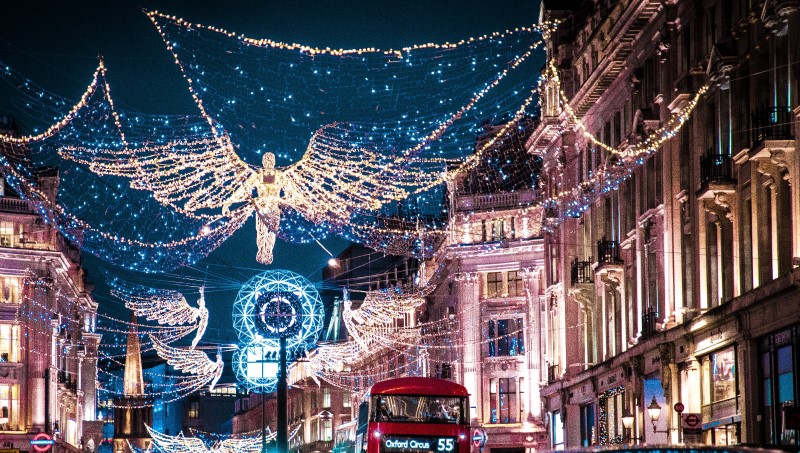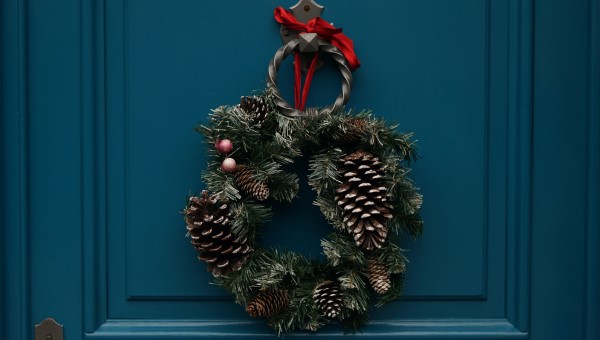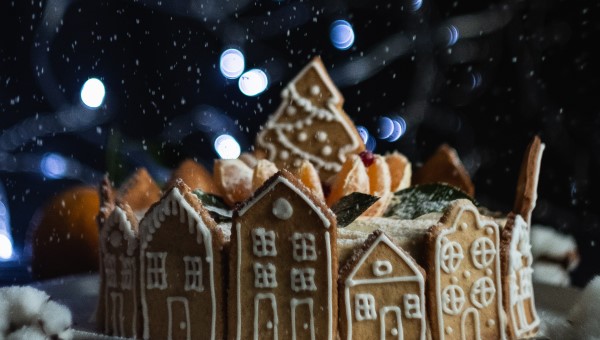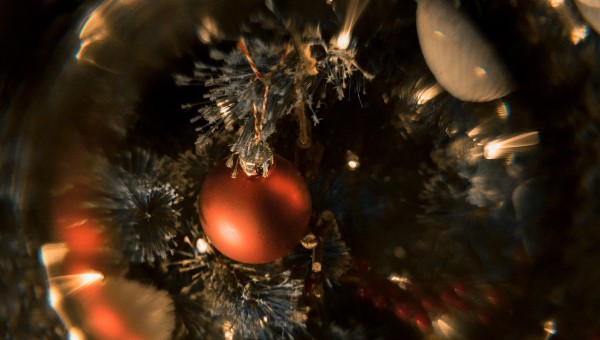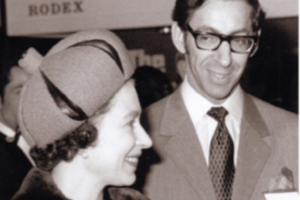Christmas preparations are now in full swing
So here we are again – Christmas is coming, and the goose is getting fat. The usual round of merry office parties and family gatherings is a heartbeat away, mountains of carefully wrapped gifts are appearing in our homes once more, and you can almost hear the ritual unbuckling of belts as lavish, fulsome spreads of festive fare start taking their toll on our waistlines.
After a period in which Christmas cheer felt thin on the ground, thanks to the pandemic, the decorations have gone up earlier than ever this year, and the festive spirit is now very much upon us. How that festive spirit manifests, however, is quite different from days gone by. Here, we take a look at how things have changed on the other side of the ‘pond’ over the last eight decades.
Photo by Erwan Hesry on Unsplash
Dickens’ Victorian Christmas persevered
As in the USA, the modern-day British approach to celebrating Christmas appears enshrined in their culture. It is, however, a relatively new phenomenon. Many people are familiar with the traditional Victorian Christmas so vividly described by Charles Dickens, but things were not so different even as late as the middle of the twentieth century, as testified by our LifeBook Memoirs authors.
Many of our authors grew up during World War II and, in their memoirs, they describe the typical Christmas celebrations of the time. One clear difference between then and now is attendance of the Christmas church service. While many Brits do still attend church at this time of year, it is certainly not the mandatory outing that it was 80 years ago. Back then, the parish church was the focal point for many communities, and an important part of its role was not only providing the chance for local people to meet up with friends but also helping them to think about the real meaning of Christmas.
Photo by Dilyara Garifullina on Unsplash
Until 1954, rationing was in force
Perhaps the biggest difference that authors talk about time and again when relating their life stories is how little everyone had. Rationing was in force in many countries during the war, but in the United Kingdom it continued until as late as 1954. This meant that many foodstuffs were simply not available everywhere. The traditional satsuma, if one could be found at all, was seen as an impossibly exotic treat, and substitutes had to be found for the foods that most people consider essential to the modern Christmas meal. Incredibly, in 1943, the British Ministry of Food estimated that only 1 family in 10 would be sitting down to turkey or goose and, in fact, many struggled to have any form of meat at all. Colorful vegetables, such as beetroot and carrot, were relied on to give the meal a celebratory appearance, and Christmas pudding was virtually unavailable. Christmas cakes and mince pies were out too, due to the difficulty in obtaining dried fruit, eggs, and sugar. Nevertheless, wartime housewives rose to the challenge and managed to provide adequate alternatives, often using the most unlikely of ingredients.
When it came to entertainment …
When it came to entertainment, in contrast to watching the television spectaculars, movies, and popular dramas of today, families followed their Christmas dinners with a game or two of cards and parlor games such as charades. Others gathered around the piano for a singalong. Those with the luxury of a wireless could enjoy listening to festive broadcasts.
Christmas didn’t look the same
Of course, Christmas wouldn’t be Christmas without decorations. Nowadays, not only do people flock to garden centers and stores for the best trees and baubles that money can buy, but many people also lavishly decorate the exterior of their homes. During the war years, a tree of some sort might not have been too much of a problem to source, especially in rural locations, but decorations usually had to be made at home from scraps of paper and fabric. Extensive use was made of greenery that could be gathered easily – holly, in particular, along with evergreens that could be dipped in Epsom salts for a frosted effect. Due to the wartime blackout, festive lighting was severely restricted, and, in any case, some homes were still without a reliable source of electricity even as late as the 1940s.
Photo by Jakob Owens on Unsplash
The phrase ‘make do and mend’ was on everyone’s lips
Unlike the expensive presents given today, wartime gifts were usually modest. Often, as with decorations, they were homemade and almost always practical. The phrase ‘make do and mend’ was on everyone’s lips and, therefore, many gifts were created from discarded and broken items, either by repairing them or by using salvaged parts to create something new, such as making a stuffed toy from an old sweatshirt.
Christmas is a time when families come together
Perhaps the biggest difference between a modern and a wartime Christmas in the UK is the people. Today, Christmas is a time when families come together, often traveling great distances to do so. During the war, this simply wasn’t possible for many. Many children were evacuated to areas far from their homes (quite often separated from their siblings) and transport could be difficult – public transport was slow, and there were fewer cars on the roads. For those that were, petrol was severely rationed. This meant that, for many families, there was often little option other than to spend Christmas apart. For those with male relatives who were overseas, fighting, there was added anxiety, and, of course, there was the huge sadness for some that came from the knowledge that their loved ones would never be returning to them.
Many of our authors vividly remember those days
Wartime Christmases can seem a world away, and yet those days are still well within living memory. Many LifeBook Memoirs authors vividly remember them. Perhaps surprisingly, for those of us who’ve grown up accustomed to the modern-day Christmas, they invariably say that they felt no sense of deprivation at the time because it was all they had ever known – and, of course, it was the same for everyone.
These wartime memories make for fascinating reading as our authors share their experiences with us. Within the pages of their autobiographies, they open little windows on the past that allow current and future generations to glimpse how much lives have changed over the years. Perhaps just as importantly, however, they also record for posterity a unique era in modern social history.
Writing a memoir is the perfect winter project and a very personal Christmas gift. If you are interested in learning more about how LifeBook Memoirs can help, please get in touch.
Written by Halima Crabtree, LifeBook Memoirs editor
Feature photo by Jamie Davies on Unsplash
